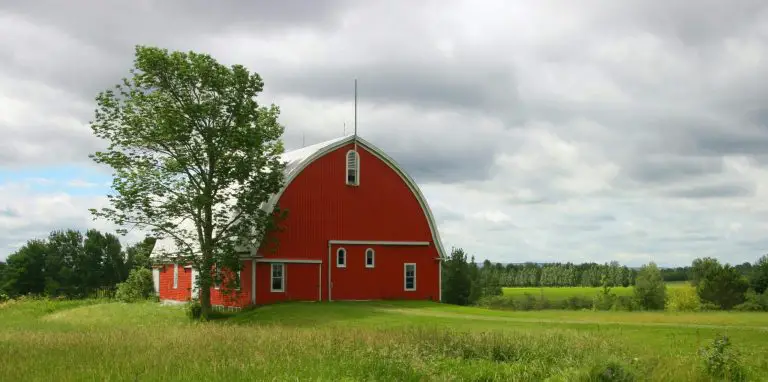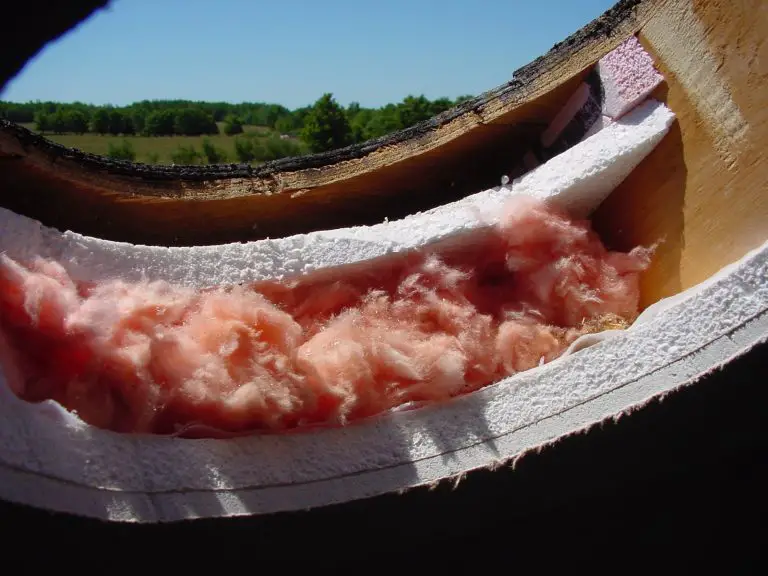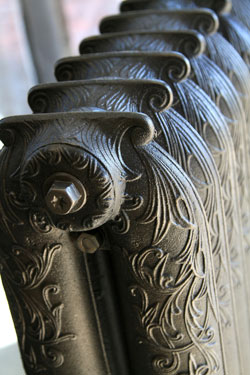I get more reader emails about finishing old decks than any other outdoor home improvement topic, and the different questions usually end up in the same place.” How do I make an old deck look decent without going to a lot of trouble?”
Aging decks are like aging people. Some of us don’t look as pretty on the surface as we once did, though we still might have lots of strength and vitality. So how do you give an old deck a facelift when the wood looks like grey, weathered barnboard? That’s the big challenge with older decks everywhere, and the solution goes beyond just sanding back to bare wood.
There comes a point in the second half of the life of any wooden deck when weathering causes surface cracks and fissures that are simply too deep to be sanded out. You can try sanding, but ugly, grey gaps remain. This is also the situation where ordinary deck finishes can’t deliver the classy good looks they used to. Surface texture of the wood is the trouble. Ordinary deck finishing liquids are simply too thin to span gaps, fissures and cracks that have developed on a surface that’s still structurally sound. Just as a 65 year old needs to manage their appearance differently that a 22 year old, so it is with decks. Helping middle aged decks live out the second half of their lives in grandeur and dignity is where something called elastomeric coatings can help.
Thick, flexible, waterproof, opaque and tough. That’s what the best elastomerics are all about. I first ran into elastomerics meant for extending the life of old, asphalt roof shingles in 2004, and the nearly-dead shingles we coated back then using elastomerics are still working perfectly today. Time has stood still for these shingles in quite a striking way. And while it’s too early for me to tell if elastomerics work as well on wood, I’m doing my best to find out.
Duckback’s Superdeck elastomeric coating for decks and docks, is the latest and highest profile product of it’s kind in Canada, and it sets out to solve the aging deck problem. Roll on one, two or three coats – as many as needed to hide the ravages of time – then that’s it. The pudding-like consistency means it fills cracks and gaps well. The product is also nearly odorless, it’s waterproof and it can stretch nearly double its size without cracking. That’s important because wood does expand and contract a lot over the course of a year.
One of the compromises you’ll need to make with elastomeric deck coatings is that they’re opaque like paint. You can’t see woodgrain through them. And while that’s a drawback for some wood lovers, the benefits seem more than worthwhile to me when most of the grain is obscured by weathering anyway.
So how long will Duckback’s elastomeric last? That’s the big question and I’m finding that out right now after adding samples to my deck finish testing program. For what it’s worth, Duckback offers what they call a limited lifetime warranty. What does this mean?
The can doesn’t offer details, but Duckback did when I called them. They’ll refund your money if the product fails no matter how old it is, as long as you have original sales receipts and it was applied correctly. This means cleaning with Superduck wood cleaner before application to dry, non-rotten wood with no residual coating on it.
Decks don’t come cheap, and that’s why it makes sense to keep them looking good for as long as possible. So if a thick, flexible, gap-filling finish adds years of respectability to your deck, then you might as well go for it. Too bad there’s nothing quite like it for people.














